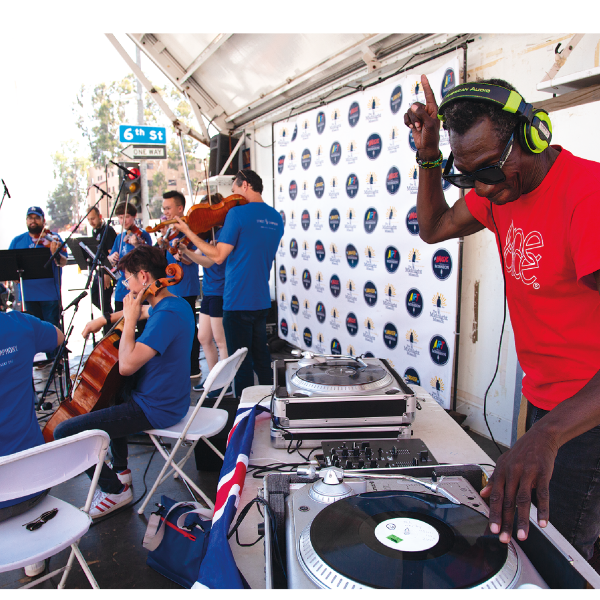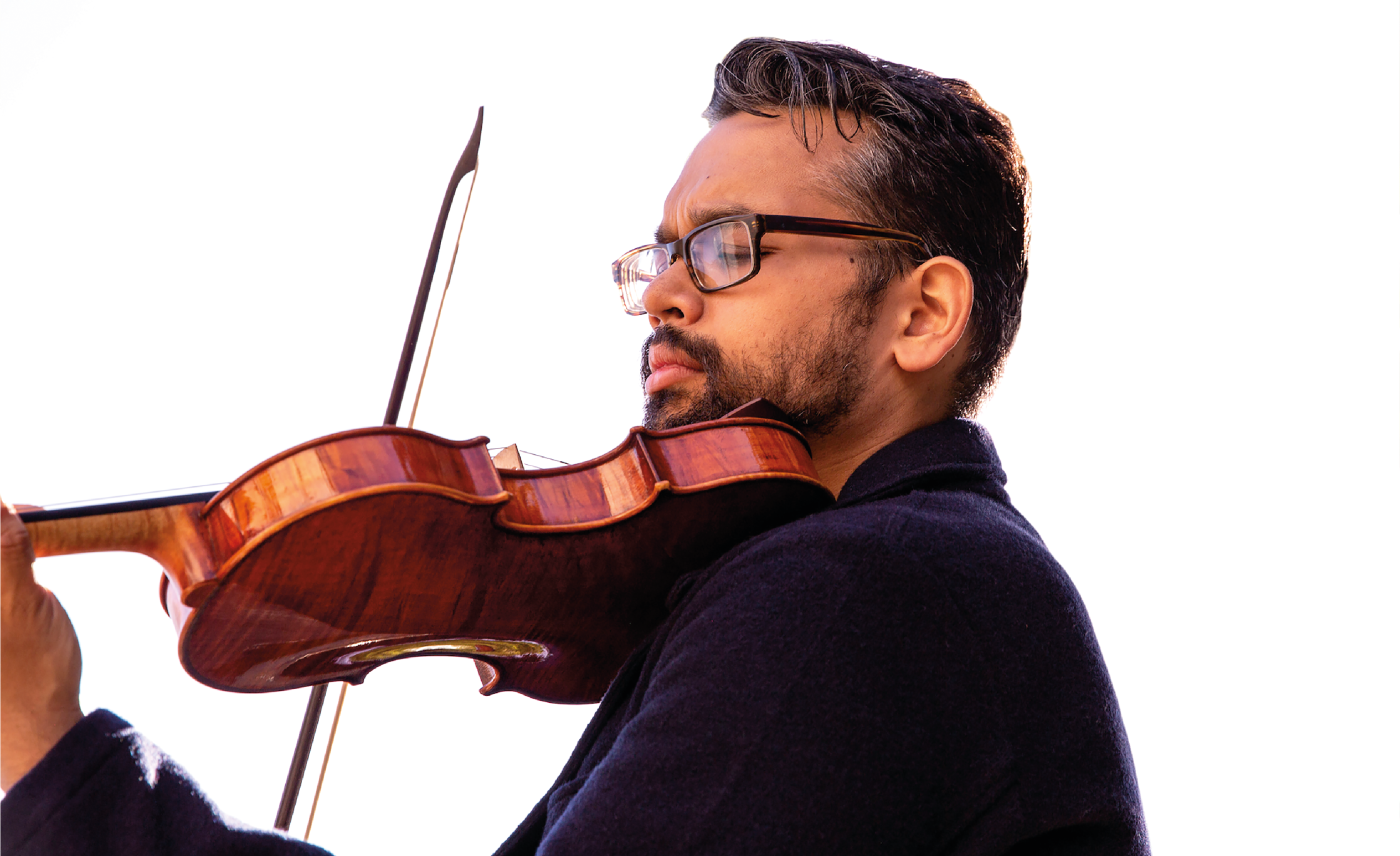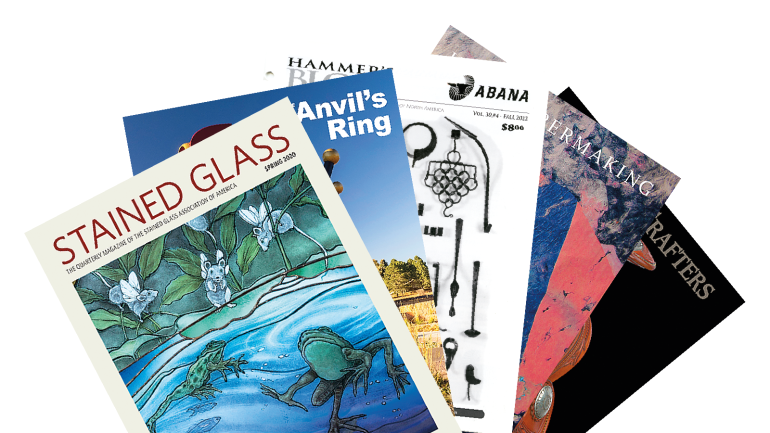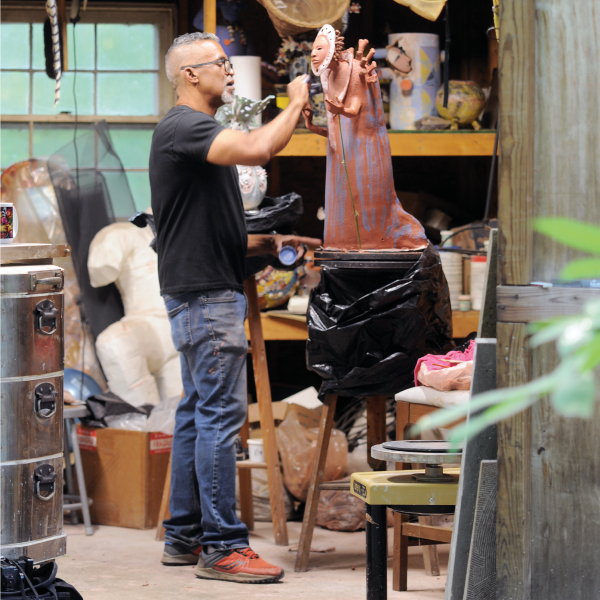When he was a 9-year-old boy studying at Juilliard, Vijay Gupta played 18th-century Italian violins borrowed from Machold Rare Violins, at that time the world leader in the historic string instrument trade. Gupta remembers Machold’s New York salon as something out of the court of Versailles: impressive, overwhelming, intimidating.
The same could be said of the instruments he was playing. “Machold had made a contract with my parents that when I was traveling around the world as a soloist and playing their violins, an adult had to carry the instrument,” he says. “So my dad was always carrying an instrument that was worth three times the price of our home.”
Gupta signed with the Los Angeles Philharmonic in 2007, when he was only 19 years old, and was a member of the orchestra’s first violin section for the next 12 years. Today he is the artistic director of Street Symphony, a nonprofit that he founded to bring free musical experiences to disenfranchised communities, including people across Los Angeles who are struggling with addiction and incarceration. He is also a cofounder of Skid Row Arts Alliance, a consortium that creates art for and with the nation’s largest homeless community. A 2018 John D. and Catherine T. MacArthur fellow, Gupta travels the world not only to perform and record but also to give talks on anything from the connection between music and mental health to the role music can play in social justice.
Along the way, Gupta has had the privilege of playing a number of exceptional violins: from the 2003 Krutz he used for his LA Phil audition, to a rare 1731 Domenico Montagnana that was loaned to him by the orchestra, to the priceless 1716 Stradivarius that legendary Ukrainian American violinist Nathan Milstein played for 40 years—an instrument so dear to Milstein’s heart that he renamed it the “Maria Teresa” after his wife and daughter.
These were all incredible instruments, but Gupta says none of them resonated with him in a way that made him feel he had found his voice. That changed in February 2016, when he was invited to give a talk in Canada. At the time, Gupta was playing the LA Phil’s 1731 Montagnana, which was worth millions of dollars. He couldn’t risk damaging it in the colder northern weather.

Vijay Gupta is the founder and artistic director of Street Symphony. Here DJ Sir Oliver mixes it up with Street Symphony players during a 2019 block party at the Midnight Mission in Los Angeles’s Skid Row.







